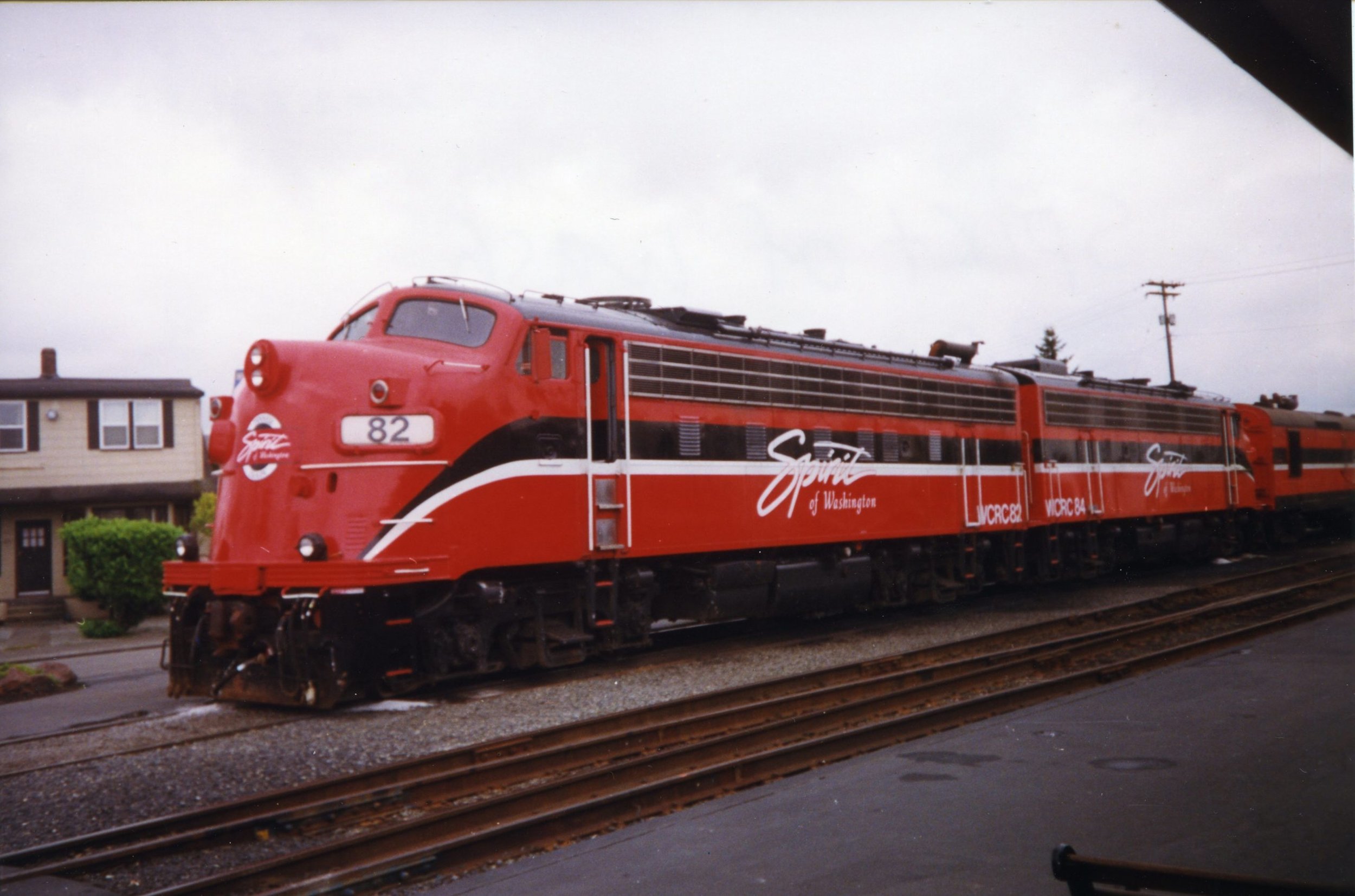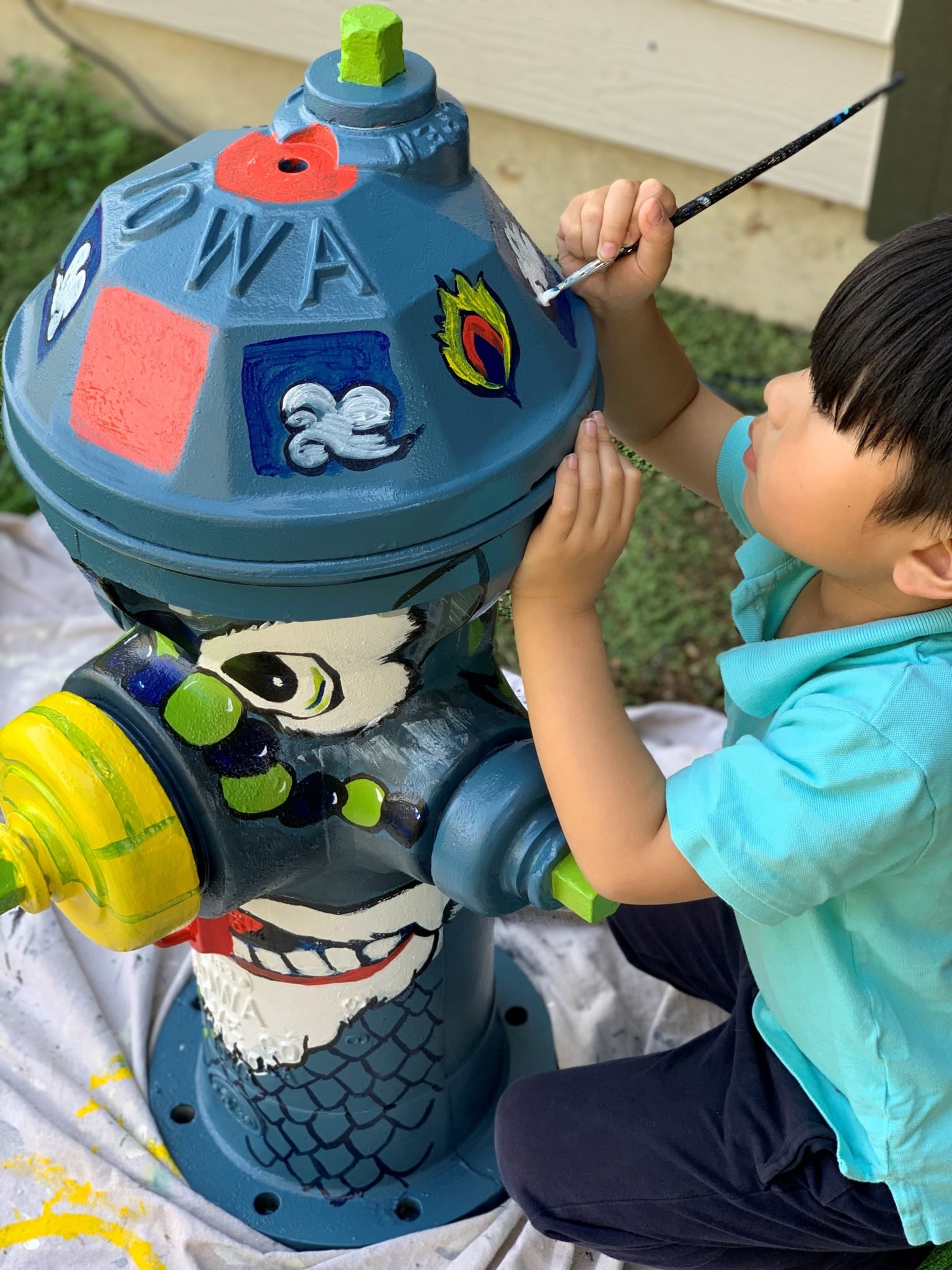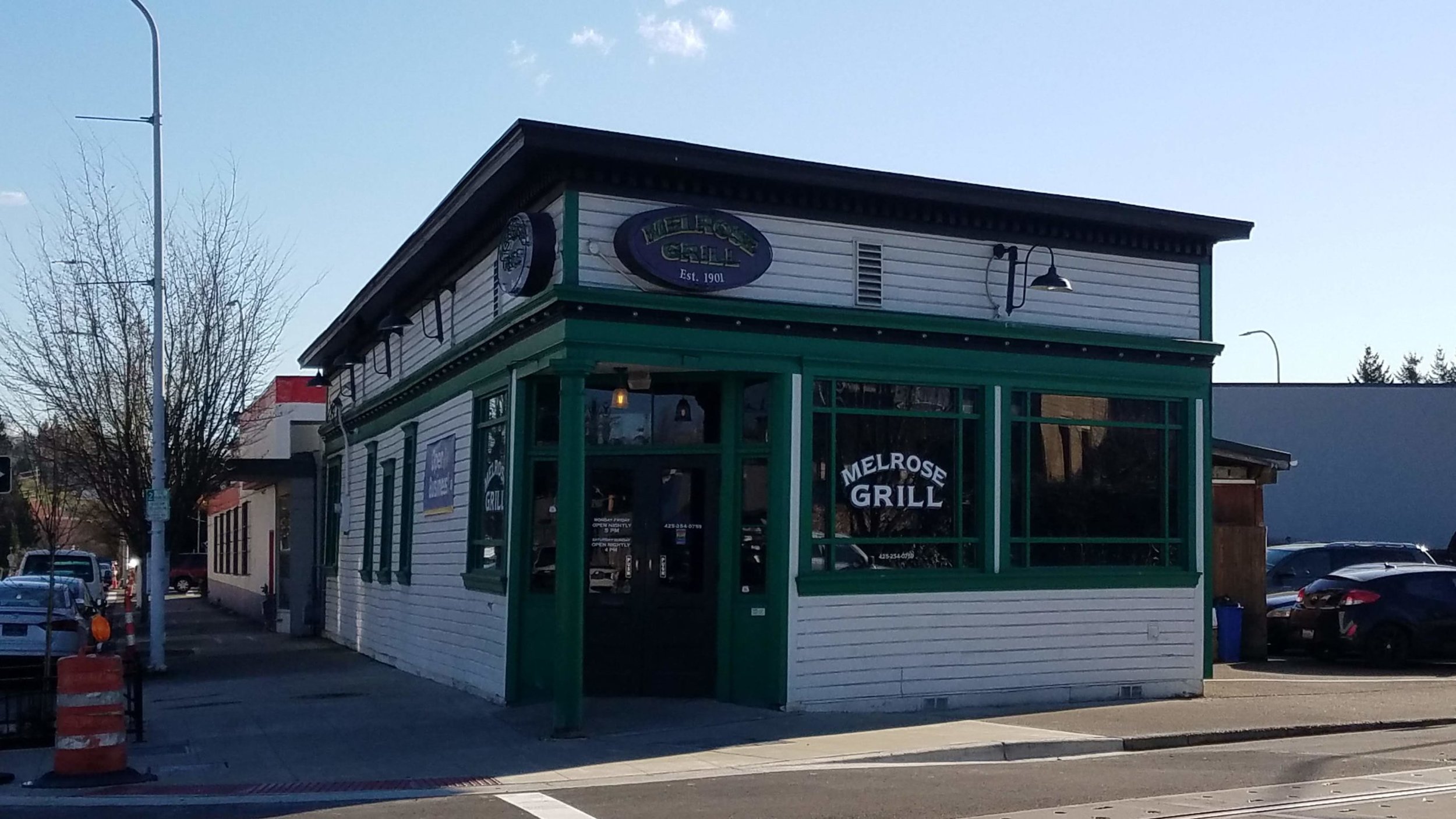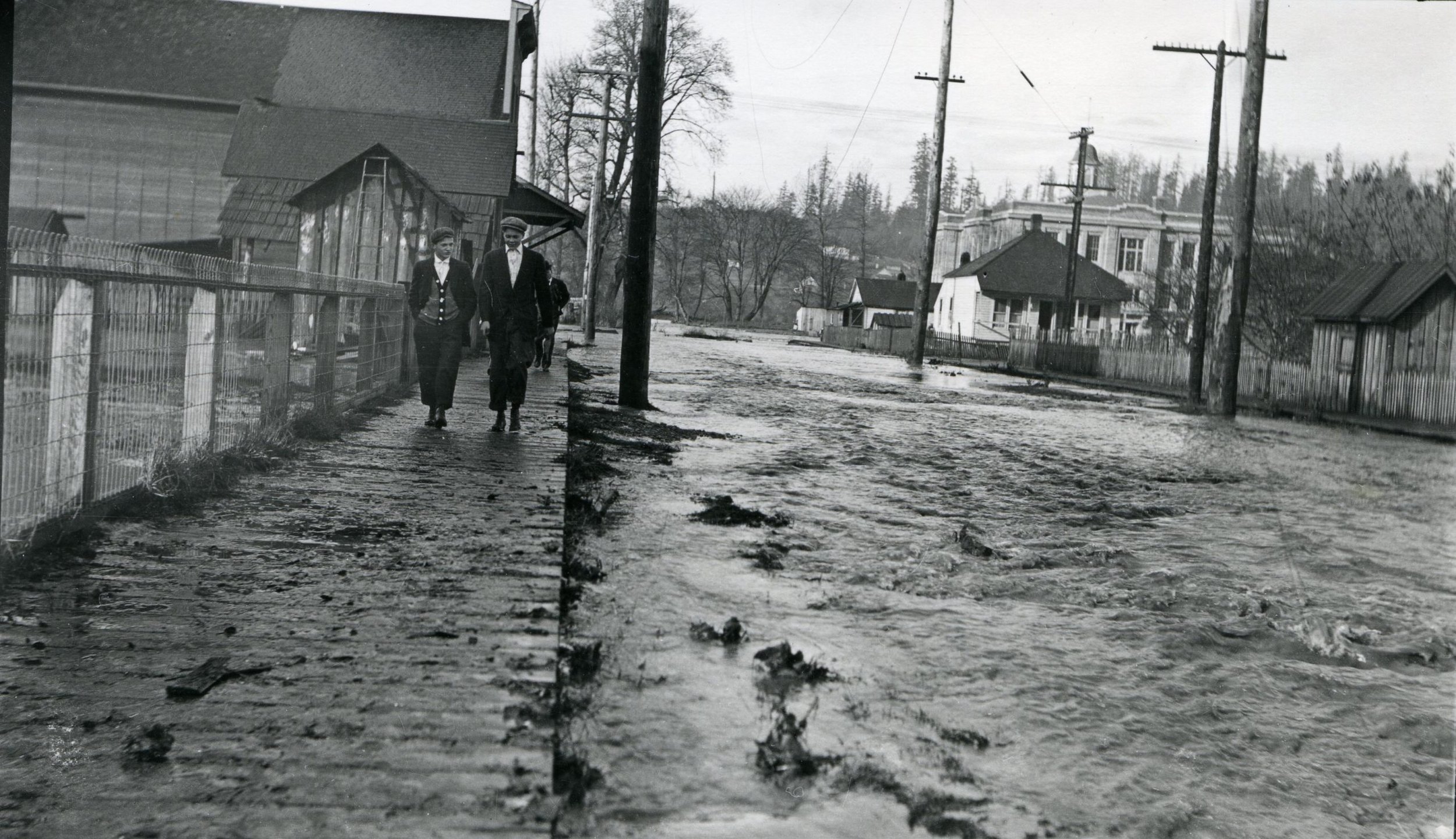
A Brief History of Downtown Renton
Renton’s historic downtown sits on the ancestral lands of the Duwamish people, just south of the confluence of the Cedar River and now extinct Black River. Throughout the millennia, the Duwamish of the area sited their homes and villages along both of these rivers and into the 1960s, the Duwamish Moses family continued to be active players in the life of the city. The town’s initial growth and prosperity stemmed from the discovery of a coal seam in the hills of Erasmus and Diana Smithers’ land claim as early as 1853. By 1875, Smithers along with Charles Shattuck and Thomas Morris platted the small town of five square blocks and named it Renton after a wealthy local investor in the town’s coal company, Captain William Renton.
Ahead of incorporation in 1901, the small mining town of 1,000 had already established saloons, churches, a school, and a power substation. Unlike neighboring coal company towns, Renton was using some of its coal for local manufacturing, which brought in additional workers and spurred development. Soon a municipal water supply, volunteer fire department, and a sewer system were in place. In the years following incorporation, several additional industries opened and the population doubled, prompting the newly created Chamber of Commerce to promote Renton as “The Town of Payrolls.” These included businesses started by Renton’s new immigrant population including Giovanni Agnesani’s Columbus Macaroni Factory, Hartley Gieldseth’s sausage factory, and the Freymanns’ German Bakery. Renton’s first high school opened on S 2nd Street in 1910.
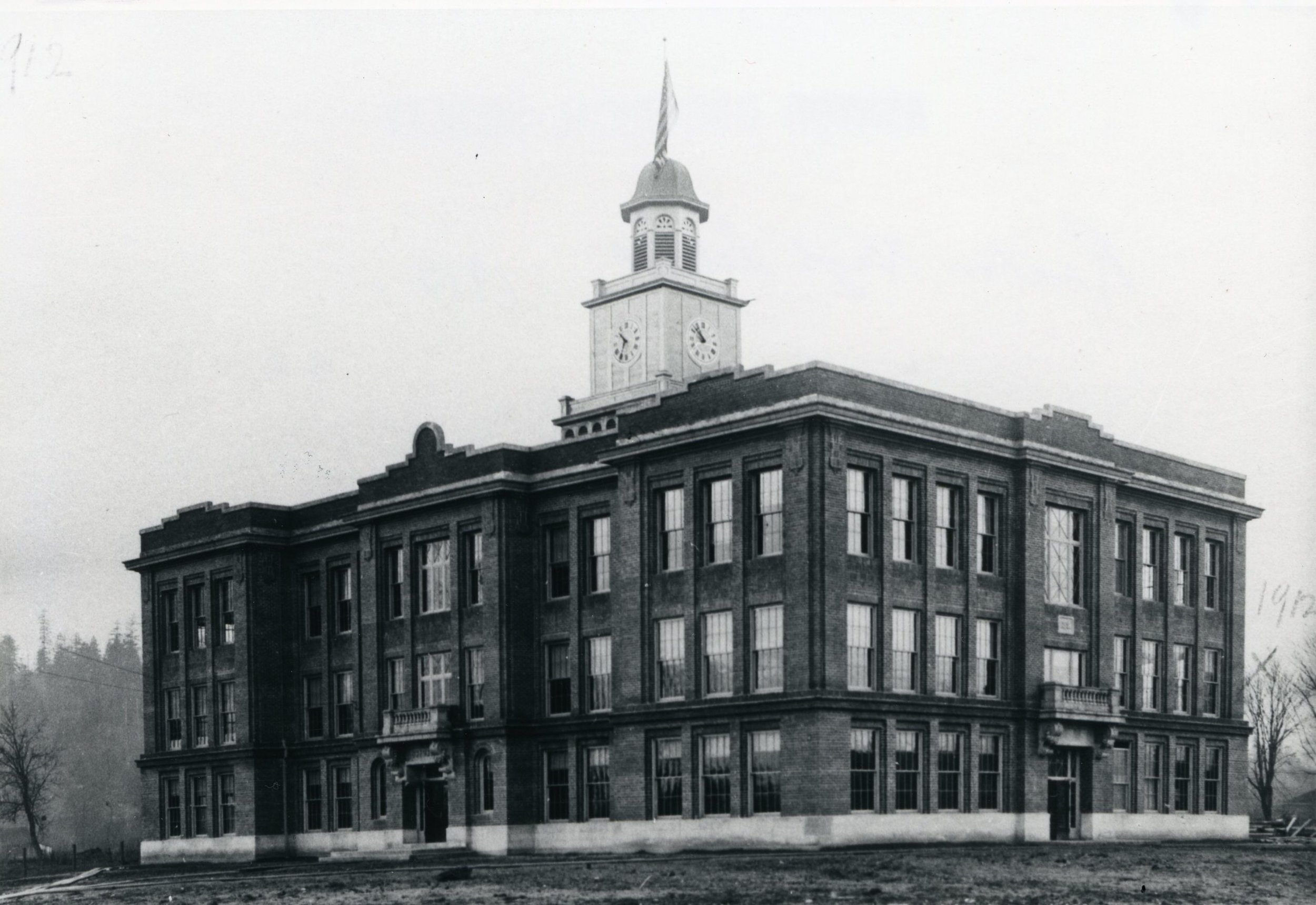

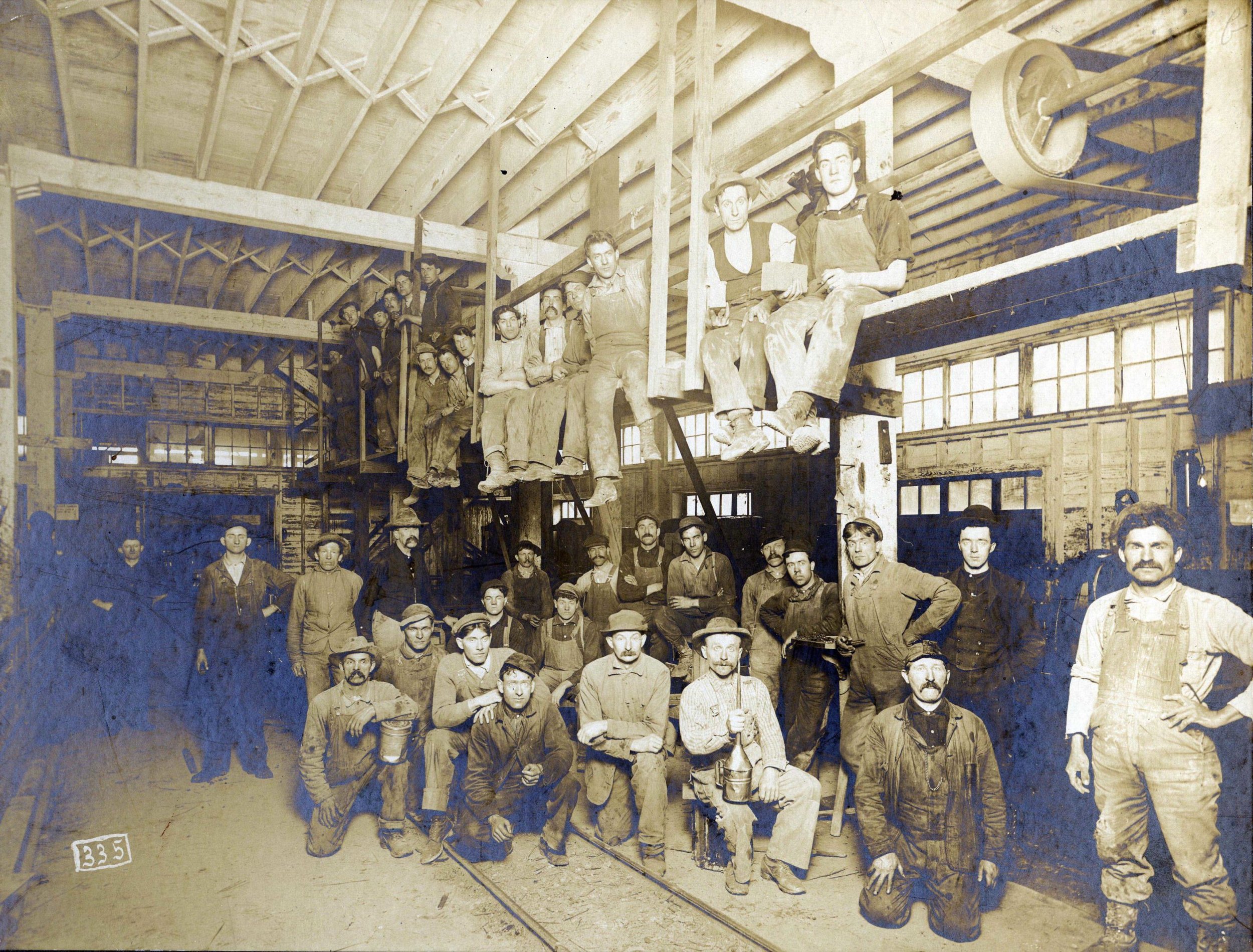
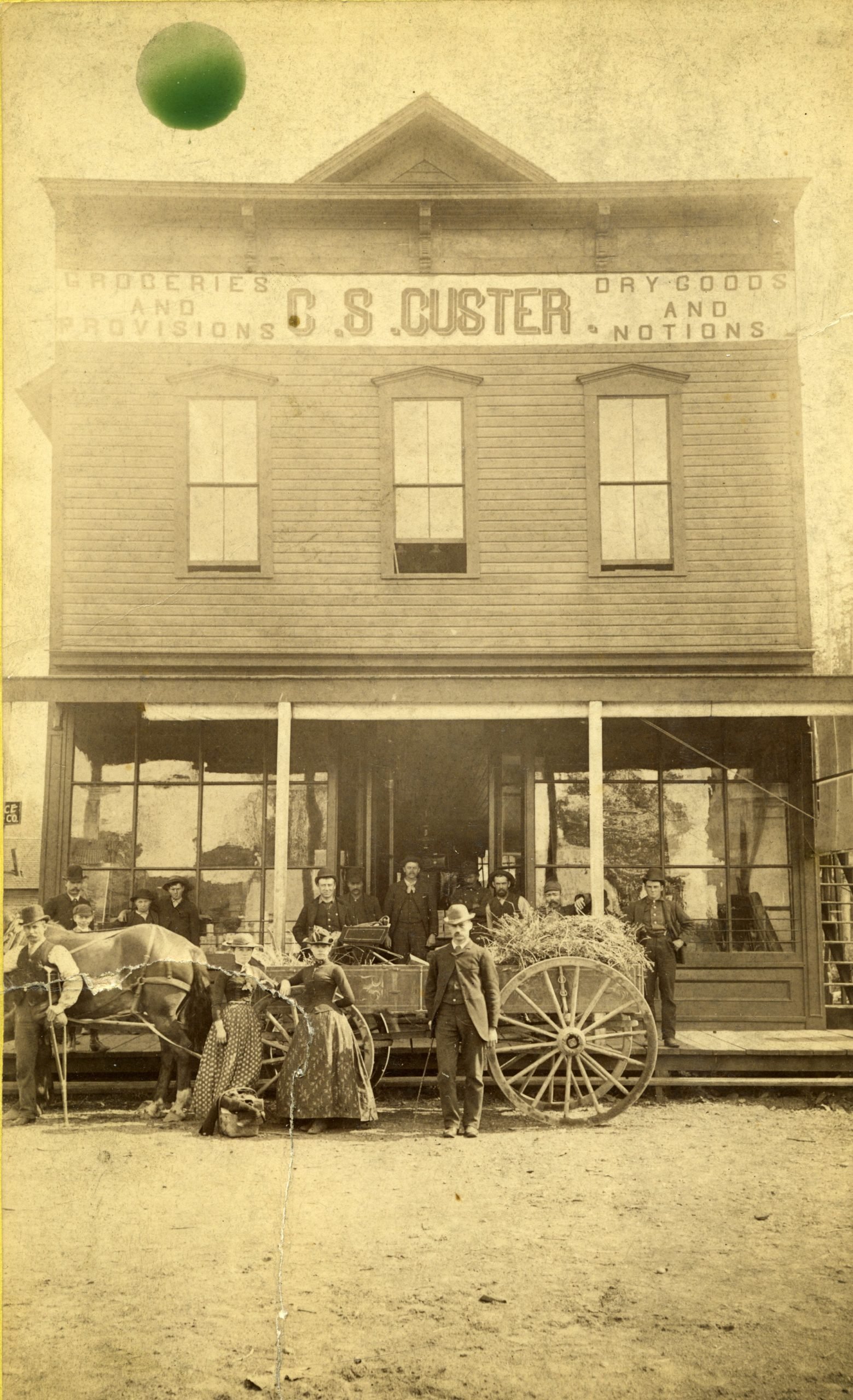


After a devastating flood in 1911, the City established Commercial Waterway District No. 2 to dredge and straighten the Cedar River. The state of Washington and the City of Seattle created the Montlake Cut to join Lakes Union and Washington, which had the effect of lowering Lake Washington, and eliminating the Black River entirely. The draining of the Black River and rationalizing the Cedar allowed increased development to the town’s northeast and west.
In the early 20th century, the rise in automobile ownership and World War II both played huge roles in the development of downtown Renton. By 1928, the Sunset Highway to Spokane was completed and ran right through the middle of downtown via S 3rd Street. Car-oriented shops and services replaced single-family homes and liveries; and blacksmiths, harness-makers, and teamsters had to shift to stay relevant and in business. By this time, nearly all blocks in the downtown core became made up of much-admired commercial buildings known as “brick blocks,” with few single-family homes, duplexes, and apartments left. Federal WPA funds improved Renton High School and funded construction of the city’s first dedicated fire station in the late 1930s and early 1940s. In 1941, The Boeing Company came to town to build planes for the war effort, attracting $4 million in federal money for worker housing and street improvements. Pacific Car and Foundry (opened in 1905) shifted production to Sherman tanks. Defense industries resulted in a four-fold population expansion and a subsequent scramble for housing and classrooms to accommodate these war workers.
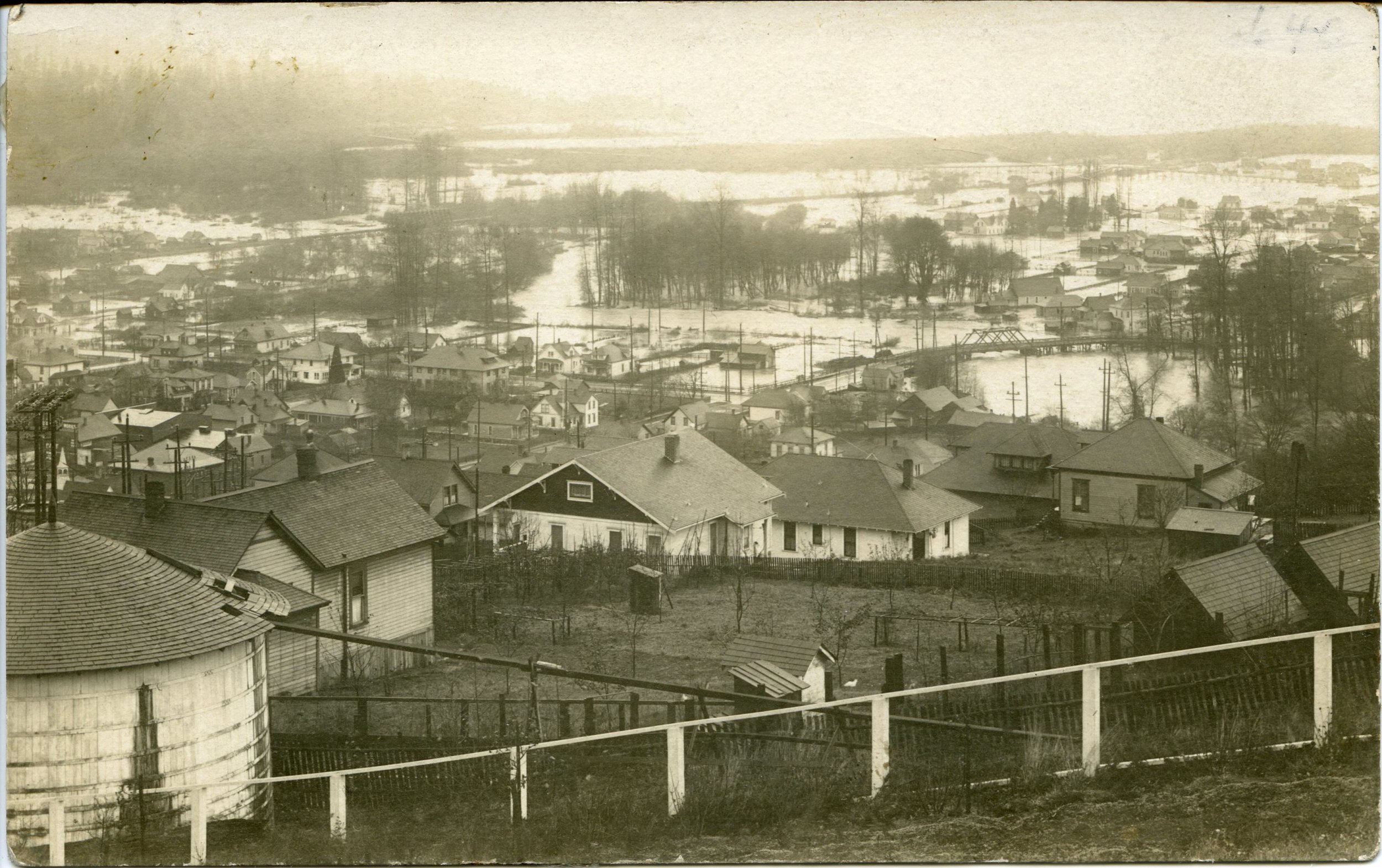
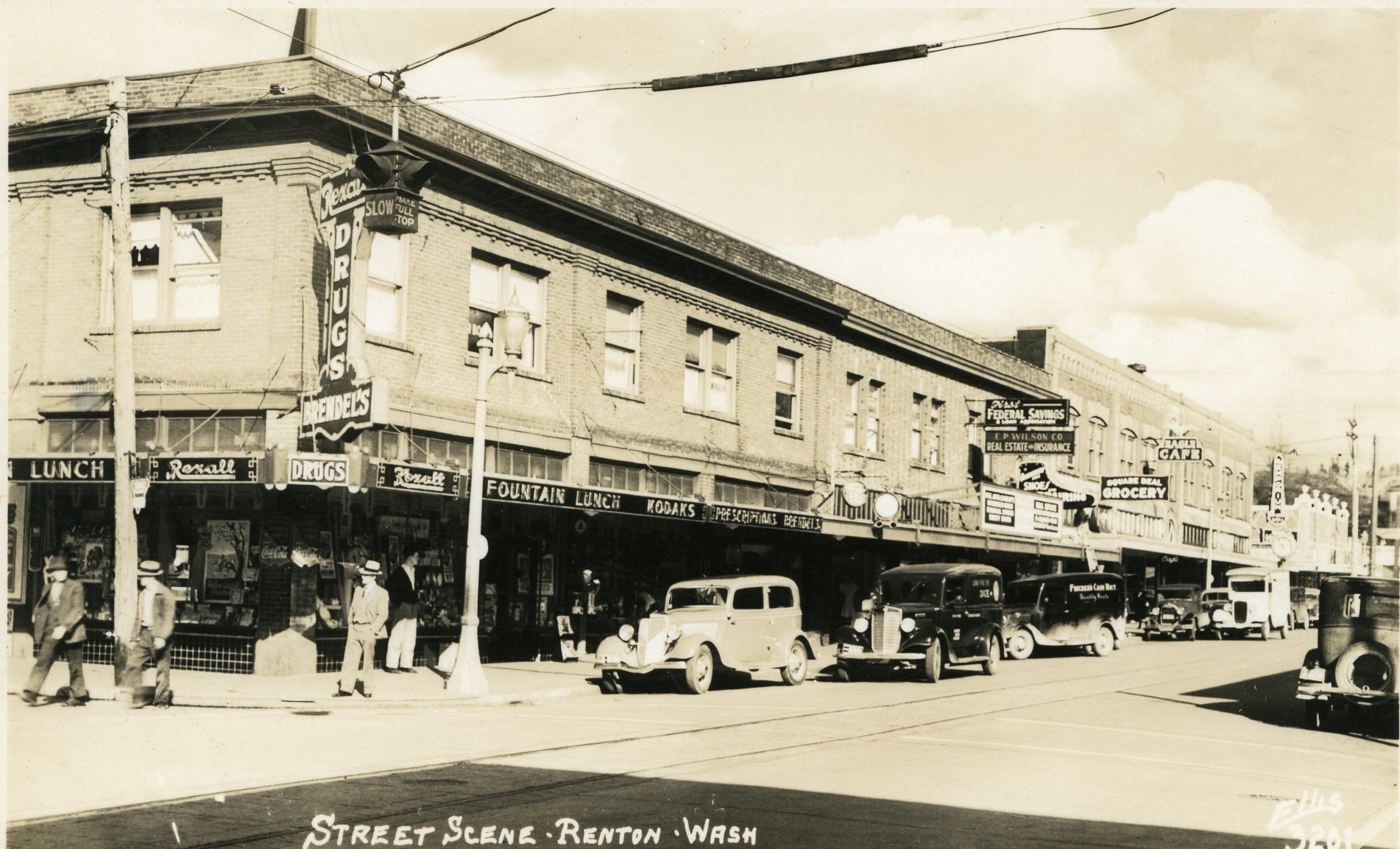
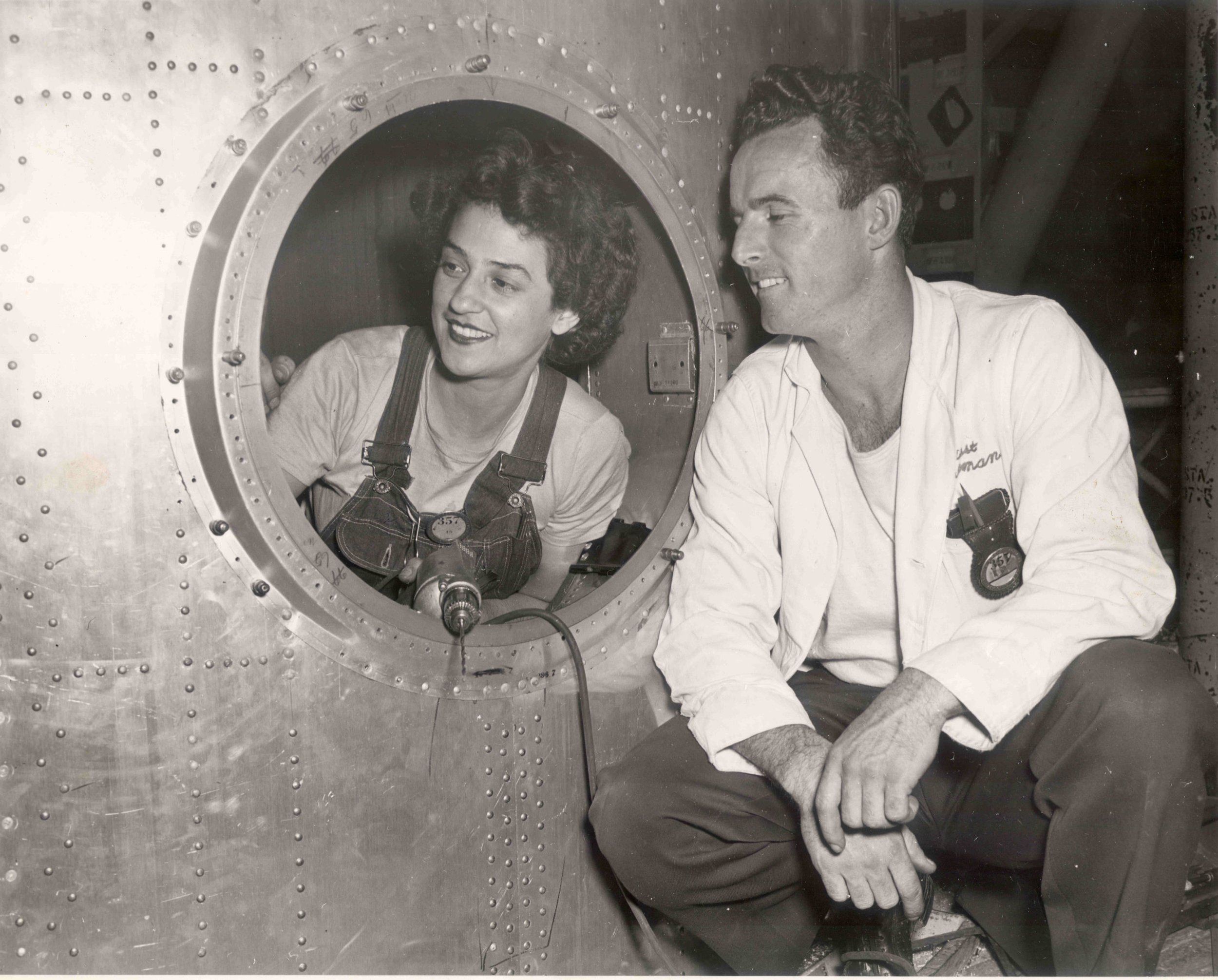


After the war, there was a brief period of economic downturn but in the 1950s, downtown was in a state of reconstruction as numerous turn-of-the-century structures were demolished or remodeled in favor of sleek modern styles that reflected the aesthetic of the “jet age.” 1954 was a banner year for construction as a record $2.65 million (about $27.7 million today) in total construction valuation occurred, with a variety of new downtown businesses such as Bartell’s Drug Stores, Tradewell Market, Weisfield Jewelers, Western Auto Supply, Woolworth’s, and J. C. Penney’s setting up shop. It was around this time that cruising “The Loop” downtown became a routine weekend activity for the local youth as well as teens and young adults from neighboring towns looking to show off their fine-tuned cars.
The downtown declined in the following decades with the completion of the I-405 freeway which bypassed the retail core, Boeing layoffs that prompted thousands to leave the city, the opening of the Southcenter Shopping Mall in neighboring Tukwila, the relocation of City Hall away from downtown, and the discontinuation of the Spirit of Washington Dinner Train, which brought about 80,000 visitors to the area each year. Without tenants, some early and mid-century commercial structures have been left to decay. However, in recent decades, city planners have actively sought to change downtown to create an attractive urban village that would encourage people to work, live, and play here.
In the 1990’s, auto dealerships were moved from the city center to a new auto mall located closer to I-405 and the resulting available land was redeveloped to include mixed-use buildings, a transit hub, and green space. Championed by a local volunteer group, Piazza Renton, one of the former automobile dealership facilities built in 1948 was re-purposed and renamed the Renton Pavilion Event Center in 2004 to serve as an event and public gathering space adjacent to a new Piazza Park. At least eight buildings in the downtown have been adaptively reused, including the Snoqualmie Falls Power Co. Substation, old Fire Station #1, and the F.W. Woolworth Building, which are designated historic landmarks.
Since its adoption in January 2018, the City of Renton has been working toward implementing a Downtown Core Vision and Action Plan with the goal of recreating these places into ones in which people of all ages and abilities can live, work, shop, recreate and gather, while being connected by art and public spaces that encourage investment and creativity. Renton already has a thriving restaurant scene and an enthusiastic group of business owners and downtown volunteers ready to mobilize for events and clean-up. Working with the Renton Municipal Arts Commission, artists enliven the city center with murals and sculpture, and the Renton Civic Theater runs its season from September through May. The June-September Farmers Market attracts an average of 29,000 visitors annually. Many historic buildings remain, including commercial structures like the Melrose Grill, which has continuously operated as a tavern or hotel since 1901, and the Liberty Park building / “Sweet Shop” (1922). Numerous single-family homes from the 1910s also survive in the neighborhoods surrounding the downtown core. By striving to build on these existing, unique assets, we can ensure that downtown Renton keeps thriving for years to come.
